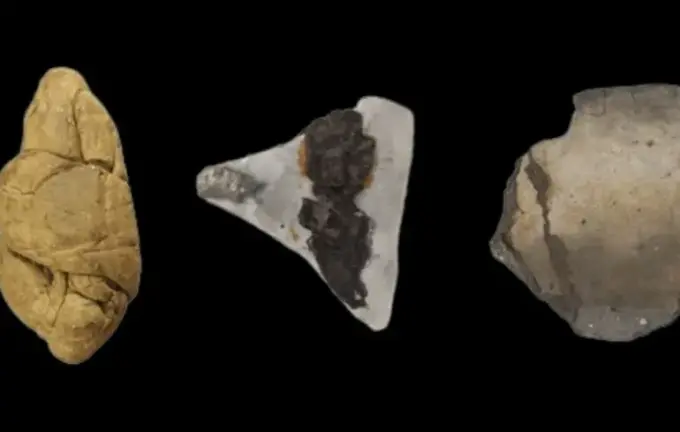Research into 6000-Year-Old Chewing Gum Reveals Secrets of Ancient Gender Roles and Neolithic Culture

Scientists across Europe have made a groundbreaking discovery by analyzing resin residues found in the Alpine region.
These artifacts date back over six thousand years to Neolithic peoples, and resemble modern chewing gum in their usage.
It has been revealed that birch bark tar — one of the oldest known synthetic materials — was used not only for repairing and attaching handles to stone tools and ceramics but also for chewing during work, as evidenced by the traces of chewing found on the samples.
Archaeologists from the University of Copenhagen, led by Anna White, examined 30 samples of resin collected from nine different sites in the mountains and around lakes.
Concerned about the presence of microbes and human and plant DNA in these samples, researchers drew conclusions regarding the purpose of chewing and the role such traditions played in the past.
Notably, some samples contained DNA of flax seeds and poppy, raising questions about whether they were consumed as food or used for their opioid effects.
Remarkably, the human DNA in some samples was well-preserved enough to determine the sex of the individuals who chewed the resin.
Male DNA was found in stone tools used as glue, while female DNA appeared in ceramics that were repaired with the resin.
The research also sheds light on the chewing process itself, which made the resin softer and easier to manipulate during work.
It is believed that this was a crucial part of daily life for ancient humans, as chewing reduced the adhesiveness of the resin, requiring it to be reheated repeatedly.
These findings offer new insights into the daily routines and gender roles of prehistoric communities, illustrating how deeply ingrained these practices were in their lives.

